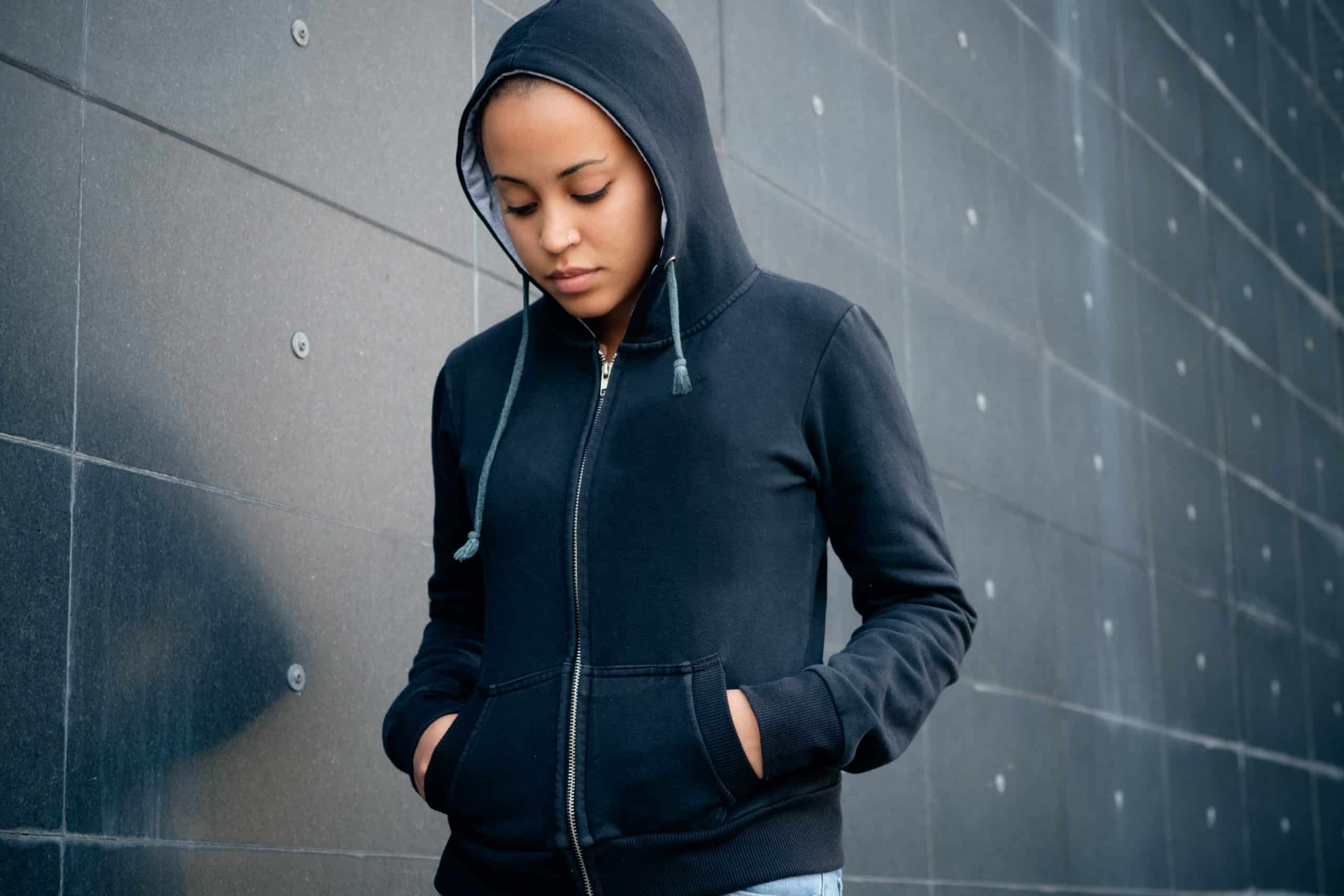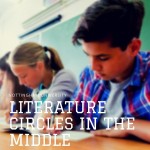My mother was gifted a stuffed Ty bunny at a baby shower before I was even born. Bunny, as I eventually ingeniously named him, was my right-hand man. My partner in crime, my lullaby and my wake up call. When I was sick, Bunny played cards with me. When we went on family vacations, Bunny colored with me on long car rides. Bunny was there when I needed him, but understood when he outgrew slumber party status.
Bunny provided me a sense of security not unique to Bunny and me. Whether a stuffed animal, a blanket, a doll, or a Hotwheels car, children have bonded with objects they can touch, hold, and love as long as we can remember. Research even shows adults benefit from this type of attachment. Once we reach school age, however, we are encouraged to detach from our security objects. So, how does a safe, secure strategy for comfort and regulation like the tactility of a familiar object translate in the school setting while maintaining social acceptance? I believe middle school students are already answering this question for us.
As a middle school teacher, I am all too familiar with the following scenario: A student on his way to class wears a hooded sweatshirt, the hood covering his crown. He navigates the hallway in hopes of beating the tardy bell, trailed by an adult staff member requesting he remove his hood (a school rule). What this unveils is a scene of reluctance, frustration, and embarrassment. Student refuses. Teacher scolds. Student resists. The teacher calls in back-up staff as support to reiterate the school expectation. The scene sometimes ends in the removal of the hood, but inevitably results in disengagement of the student for the class period.
Wearing a hat, hood, or bandana indoors is considered rude in western culture; but, this isn’t the only reason hoods are forbidden in schools. Today, the popular argument behind banning hoods in schools is a safety precaution, so students can’t mask their identities if they make unsafe choices. In addition, as technology has evolved, the hooded sweatshirt has become a shield for headphones or air pods, devices that interfere with instruction and learning.
But what if, in our well-intended efforts to create safe and secure spaces for learning, we are stripping students of just that? The hoodie ban is a school expectation I grapple with regularly, as the issue transcends academics. Navigating the present-day alongside students to support them with life beyond the classroom is challenging. On the one hand, I do not want my students compromising their identities for the sake of misconceptions. On the other hand, I don’t want an innocent student in our community losing his dignity or life over a hooded sweatshirt.
There are two most common reasons I have observed for students wearing hoods in school. The first: an embarrassing haircut. Growing up, my dad always cut my younger brother Nick’s hair himself over our bathroom sink. When Nick and I were in high school, the blade of my dad’s clippers fell off in the middle of Nick’s haircut. It left a spot inches shorter than the rest of Nick’s hair, centered on the back of his head. My mom was even embarrassed for him; she refused to send him to school until she found a barber to help. Nick ended up with a nice fade and a vow to never sit in front of my dad holding clippers again. When you’re a teenager and the most important thing in your life is how your peers perceive you, your hair is a big deal.
[bctt tweet=”Arguably, hooded sweatshirts are to middle schoolers what your security blanket was to your toddler self.” username=””]
The second most common reason I have observed in my teaching experience for wearing hoods in school is a sense of safety and security. Arguably, hooded sweatshirts are to middle schoolers what your security blanket was to your toddler self. A hood regulates a student amidst the sensory stimulus surrounding his school day, supporting him auditorily and tactically to prepare for learning. We know that students need to feel a sense of safety and security before any learning takes place. If a hooded sweatshirt provides a sense of comfort and enhances a student’s window of opportunity to learn, it may be time to reevaluate how we approach hoodies in the classroom.
Are students trying to hide airpods in class? Sure. Do students feel a sense of anonymity when wearing their hoods? I’m certain. However, the assumption that a student wearing a hood is rude or mischievous is damaging. It is time we examined where our own enforcement of the rule is coming from, how we are handling these encounters, and how we create inclusive, sensitive learning environments for all students. I may not be dragging Bunny behind me by his ear anymore, but the association with the memory impacts me still as an adult. I wish for students that same sense of comfort and security.







Thank you for sharing this perspective! I ,honestly, never gave much thought to the “why”, I just know it’s against school dress code.
I love what you do
I hate that we have to take our hoods off
yeah me too
yea we need them for the coldness in to school
I’m so sorry you live in a poor area that can’t afford radiators, coat rooms, or lockers. I grew up in a lower income area that could afford all of these.
they should be allowed they dont hurt anyone and if a student wears airpods and cant hear you then thats their problem if they fail i hate the rules
Kinda true…teachers (I am one) often have to answer more for a student’s failure than parent (I am one) do! In a class room, it is a teacher’s responsibility to eliminate all possible learning barriers – EarPods (in this case) qualifies.
Thank You Mark! I too am a middle school teacher and run into this scenario everyday. Admin just informed next school year hoodies/earbuds while in class will be accepted, district policy will not be enforced. Add the propensity to wear a face mask…….I have no idea what many of my students even look like! And yet, teachers WILL be held responsible for students who are failing class. Now let’s add in the teacher performance scoring, you know, the one where the formula for your (the teacher) score has a % or value dependent on the school’s/student’s score for the year (state testing). And don’t ask the teacher to help identify those students (who will definately embrace this win) who made poor choices (you know the student’s, the ones who destroy bathrooms,caught smoking/vaping, fighting, whatever..). I think it’s time to retire……….
Petition the school boards for the rule change, but don’t make teachers and administrators have to decide to enforce the rule or allow the rule to be broken.
What if the student already made a threatening outburst that he had a gun in his hoodie? Should he be allow his “comfort item”?
That a completely different situation. If its confirmed that he actually has said firearm or harming tool then he should be removed from the premises altogether. The hoodie is the least of the problem